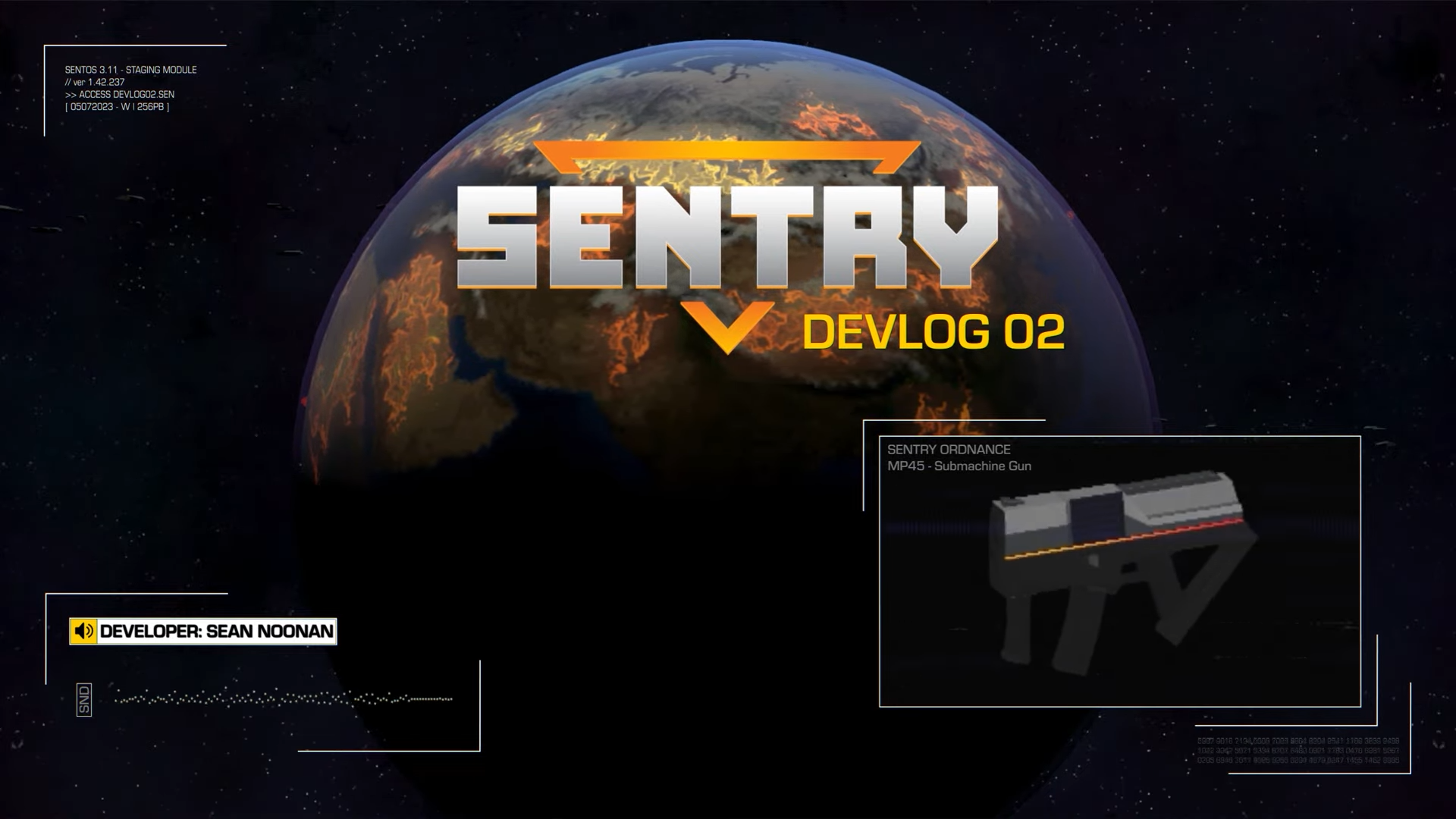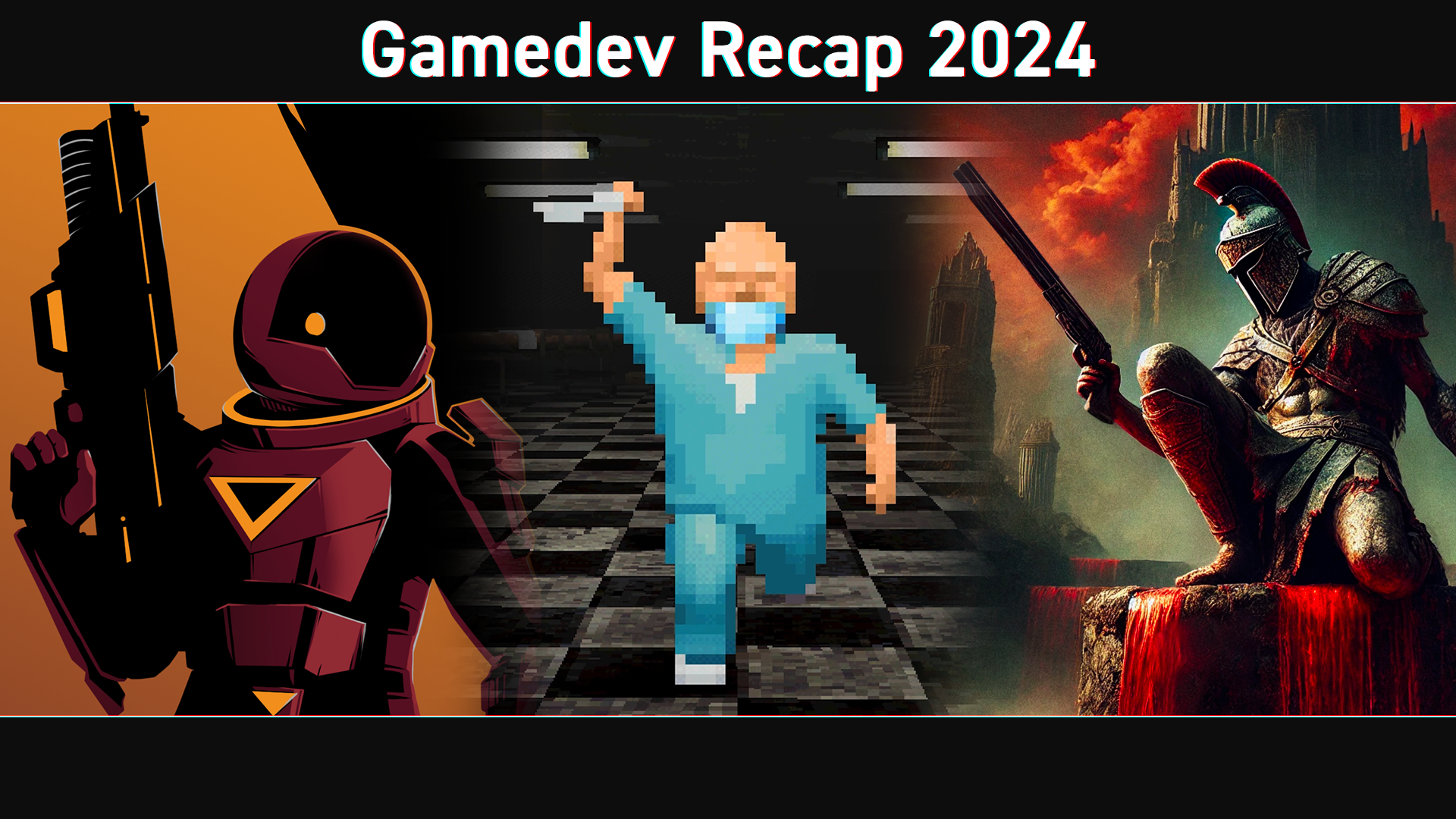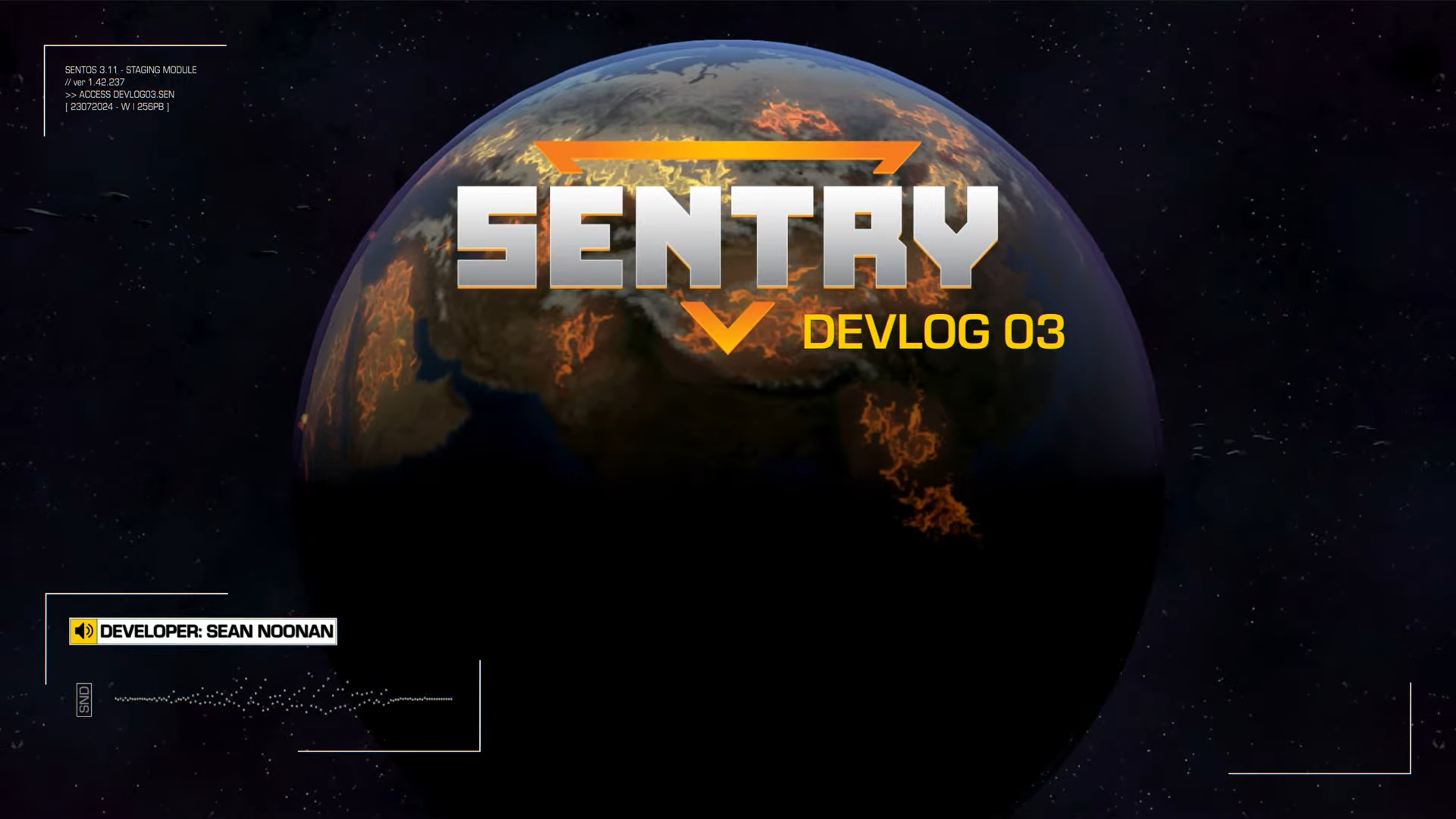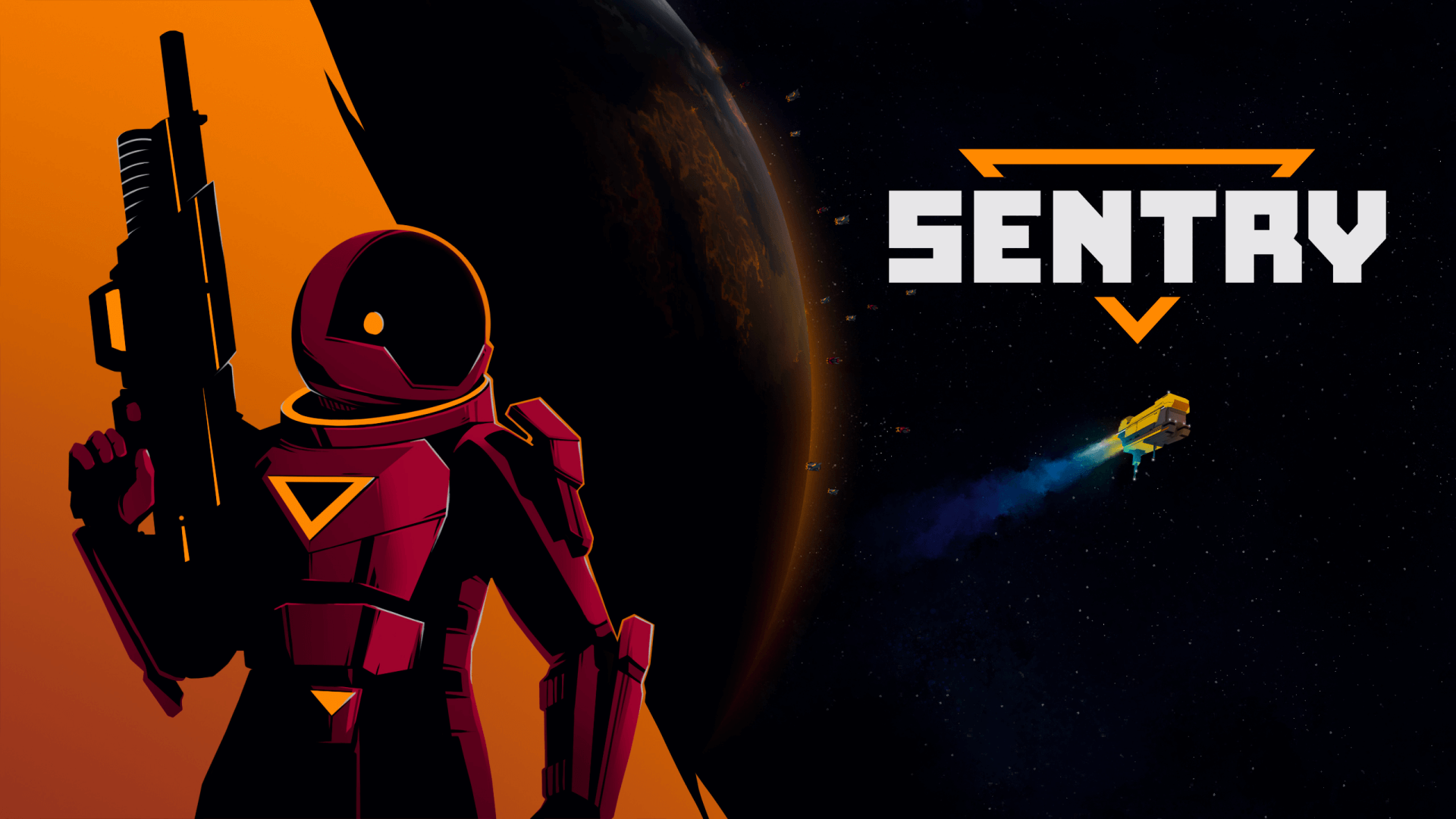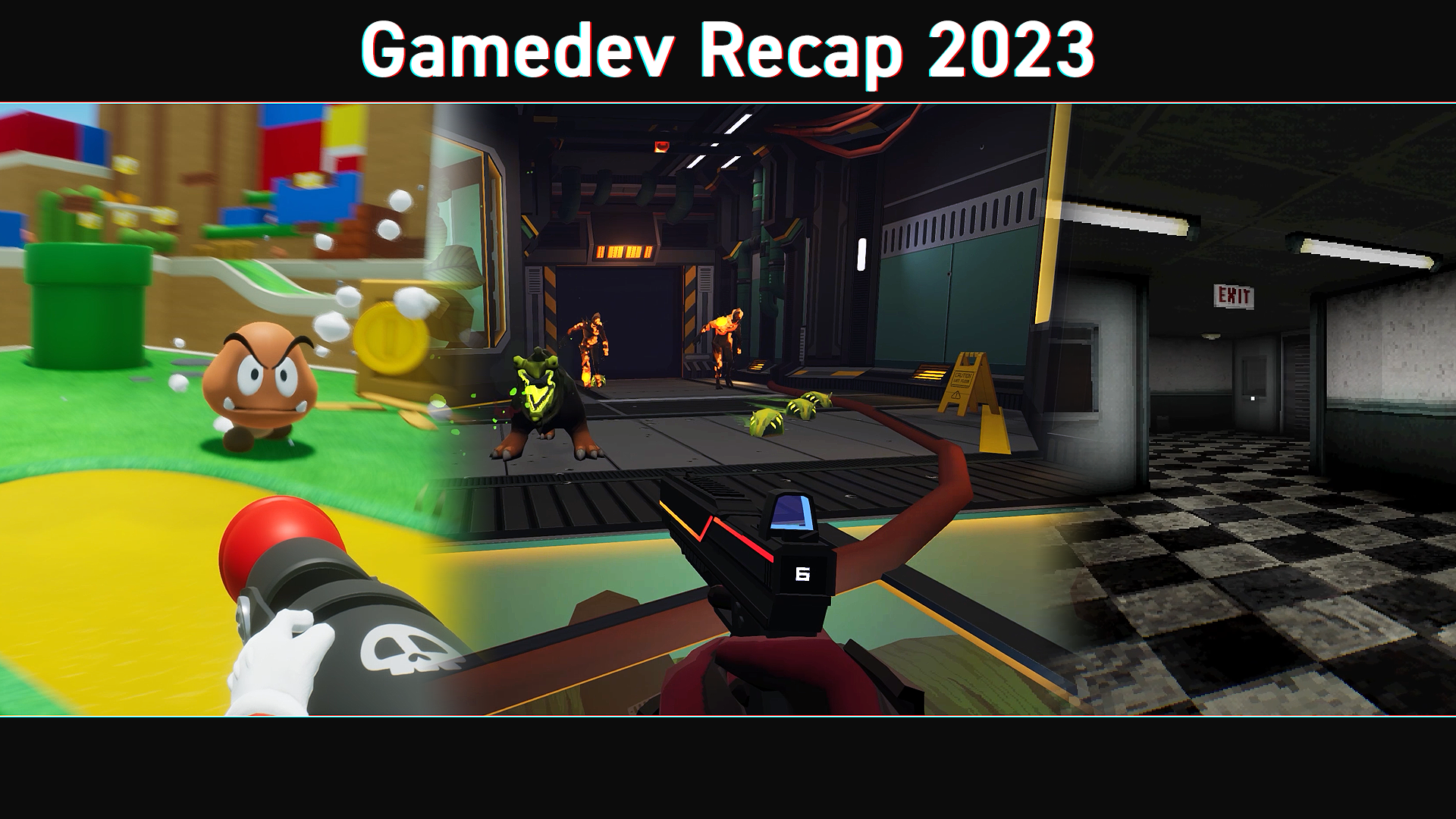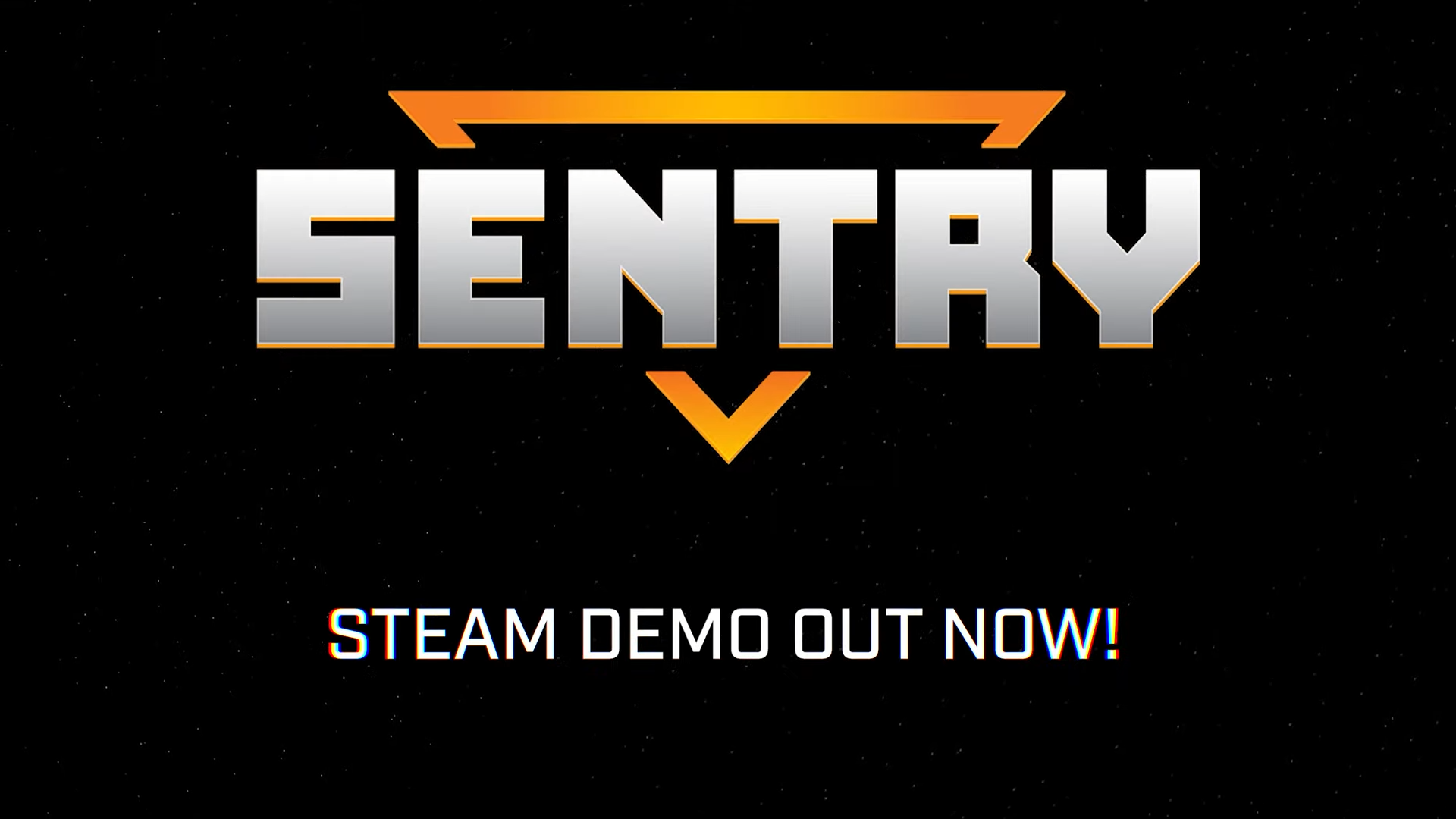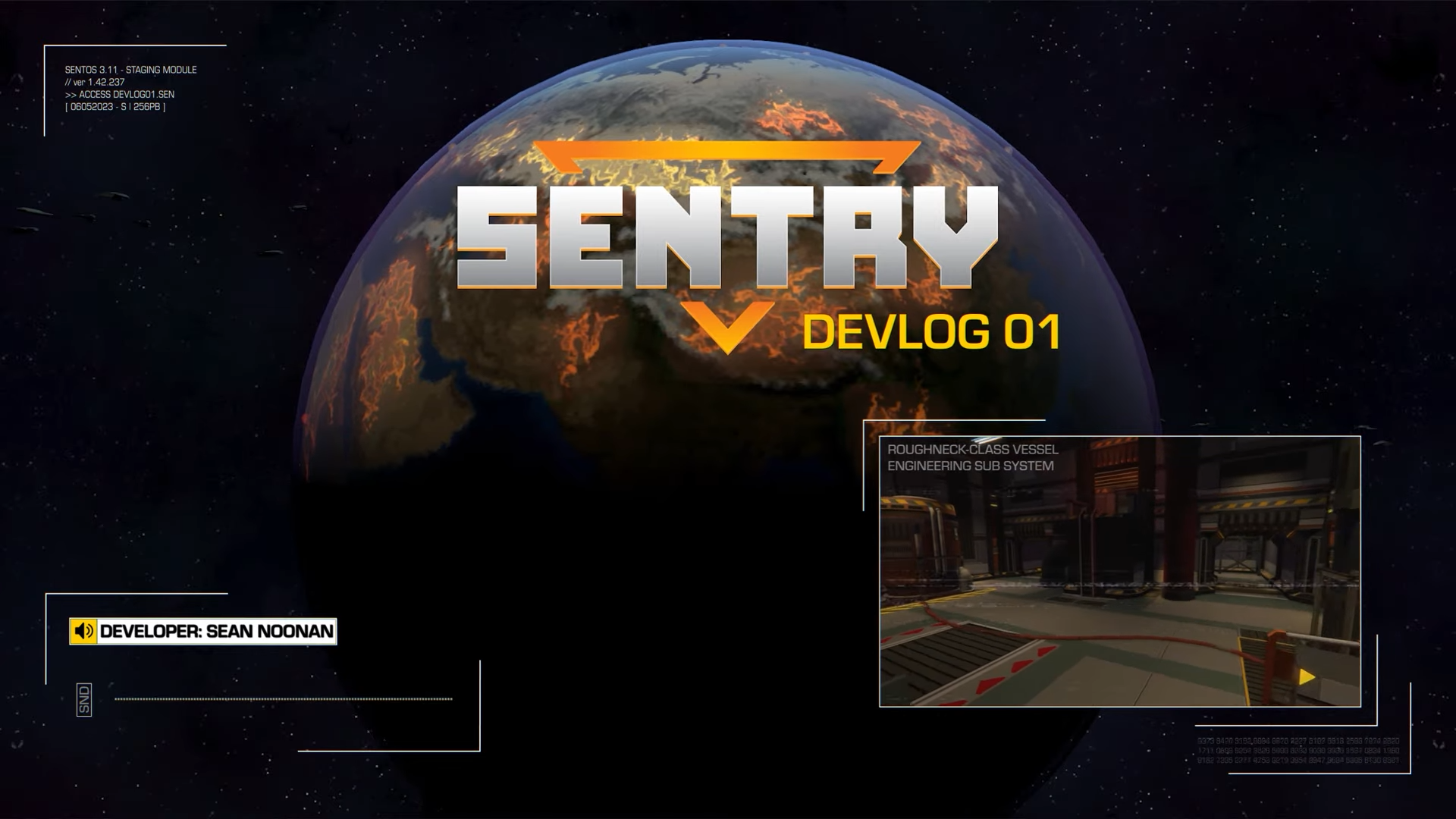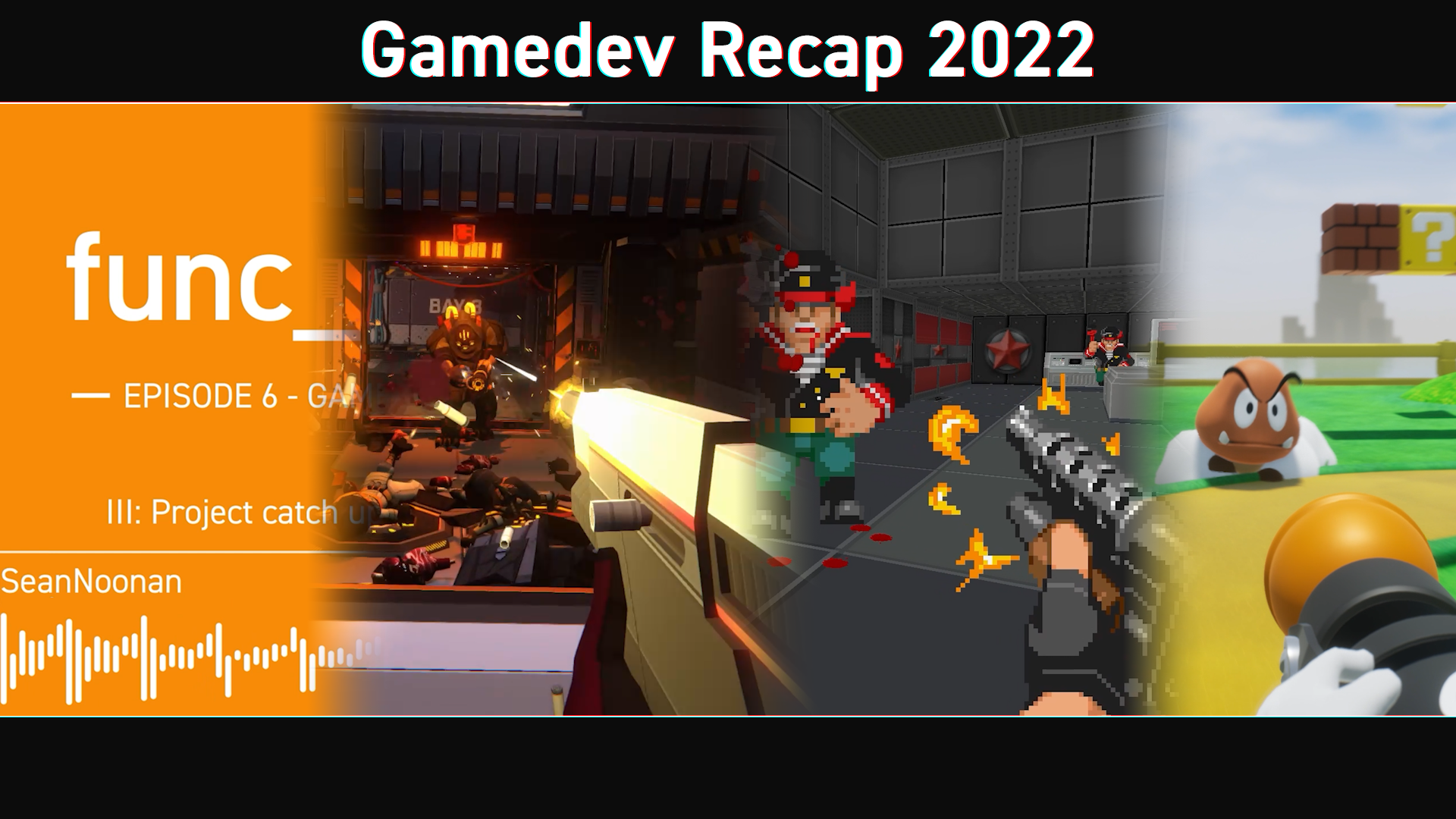Our latest SENTRY devlog. I had a lot of fun making this one!
New weapon and enemy breakdown! And where did 50K Wishlists come from?!
Devlog Transcript
Hi, I’m Sean Noonan, lead designer on SENTRY. In this second devlog I’m going to share some design insights as well as a number of recent content updates. As promised in our last devlog, we’re going to be showcasing the Submachine Gun. To better highlight the weapon’s position in the roster, it’s worth touching on some of the other weapons found in SENTRY. So let’s head over to the test range.
We’ll start with the P9. The P9 is a semi-automatic pistol with a high capacity magazine. While lacking in stopping power, the tight accuracy and light weight, makes the P9 the perfect sidearm to switch to in a pinch. This particular variant is the P9R, an upgraded model that features a secondary fire module, that allows for burst fire.
At the other end of the spectrum, we have the AR44, our standard-issue assault rifle. It fires high-velocity rounds that really pack a punch, with the drawback that sustained fire will result in significant recoil. Short controlled bursts are recommended here. This model features an underslung grenade launcher for crowd control. Let’s try some live targets. Nice!
Meeting somewhere in the middle of these two weapons, we have our latest addition, the MP45. This over/under submachine gun is our spray and pray solution, throwing lead down range at a relentless pace. What it perhaps lacks in accuracy and firepower, it makes up for in reload speed and ammo capacity. And if you find the recoil a little excessive for distant targets, then you can switch to double barrel mode and fire two projectiles at once. This provides excellent muzzle control but at a significantly lower rate of fire. It’s also great fun. Now, let’s move away from static targets and talk about some of the new threats that players will be facing.
When coming up with new enemy archetypes for SENTRY, we start by identifying holes in the roster. For this example, I’ll plot our current roster from small to large, representing their “size on screen”. This looks like we’ve got some pretty good coverage. It’s useful to plot information out like this, because you can make some immediate assumptions, in this example, by size alone we can assume that smaller targets will offer a more difficult shooting challenge to the player. However, if we then map these same archetypes across another axis, like say their overall position on screen, we quickly see that there are opportunities to provide additional player challenges. So let’s take one of these candidates and see what other criteria we can satisfy.
We took this information as well as a number of other data points (such as attack power, movement speed, attack frequency, etc.) and created the Needlejack. This small flyer darts around and releases a volley of high speed barbs that sink into their target. Alone they don’t pose much of a threat, but amongst other archetypes, they quickly become a priority target as their high speed barbs are tough to dodge. They don’t cause the most damage, but they are persistent.
So before we close this devlog, I’d like to take a minute to respond to some questions we’ve been getting about our success in generating wishlists. Our first big spike came about from the release of our Announcement Trailer right before the Steam ‘Going Rogue’ festival. We’ve had a lot of success from participating in third-party featured Steam events; combined, these have contributed a large proportion of wishlists. We’re also active on social media, posting updates and short-form videos. This seems to help improve our base level traction, and when we’ve been lucky enough for a post to go viral, it can be really beneficial. I hope that answers the big question from the previous devlog, but if you have any additional questions, or want to see more or less of something in the next devlog, then drop a comment below!
Until next time, thanks for watching.

